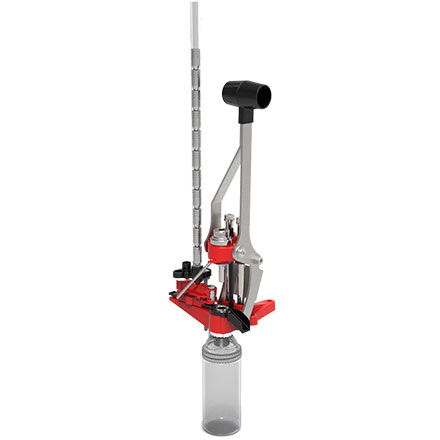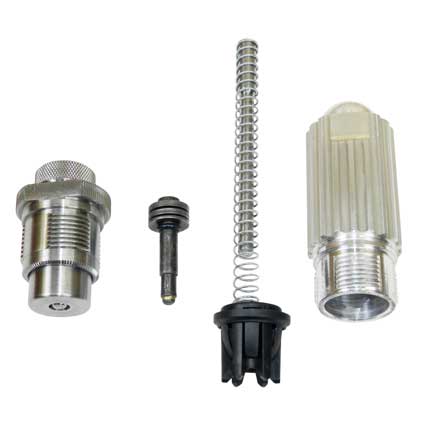I have my 750 mostly together on a temporary bench to learn how to set it up, adjust, find what I didn't think of etc. while a new table is being made that'll be a bit larger and more stable. It wasn't half as hard as I thought it'd be to set up and I went through the functioning on each station learning how to change parts out for different components. Pretty easy for the most part. There wasn't anything that was tedious enough that I'd never want to do it again.
There were a few gotchas along the way, notably the mini Mr. Bullet Feeder interfering with the Hornady pistol seater/crimper. Forced be to acquire DAA's seater/crimper which is about half the height or less. If you adjust the bullet dropper to the right height, the Hornady seater/crimper prevents the bullet turret from seating on the dropper. You can see the space created in this photo:
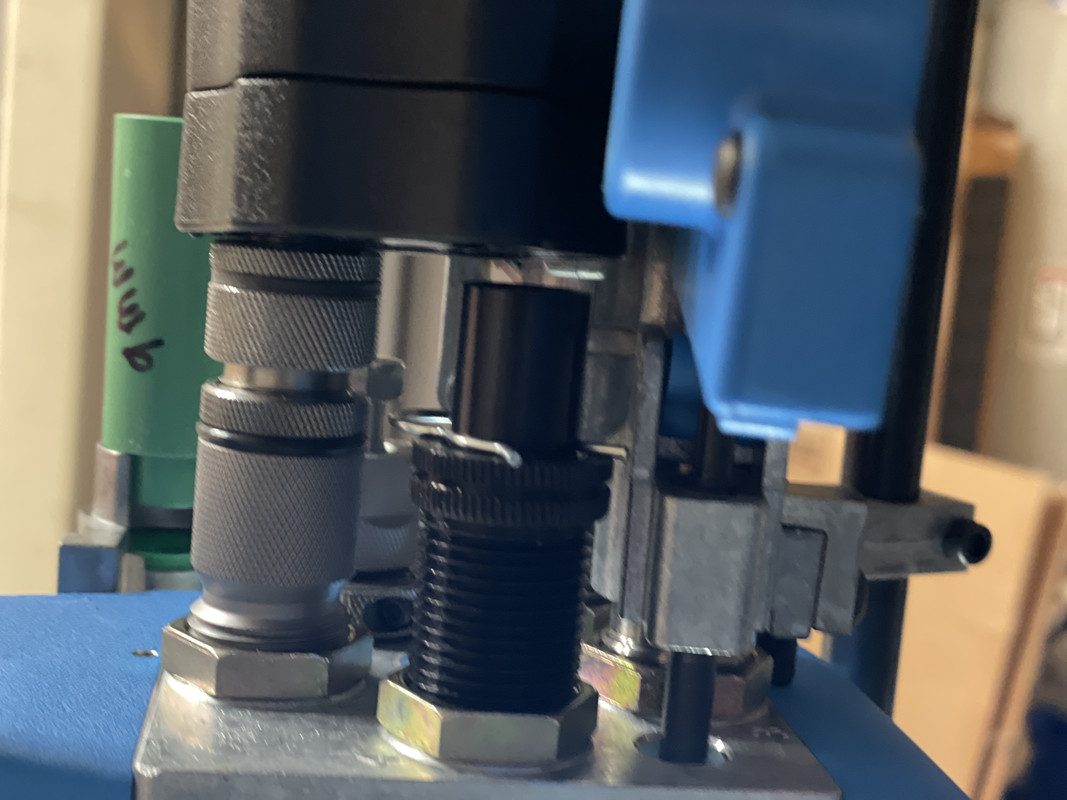
Other than that and things being really "tight" space-wise on the tool head, I haven't found anything else that I'll need to change out.
As I mentioned earlier, I started polishing everything in the powder drop system from the hopper funnel to all of the powder funnels.

I have several powder bar options, with a Uniquetek powder bar micrometer installed on the large powder bar. Assembly wasn't terribly difficult and as long as you read the instructions it goes off without a hitch. I'm using the DAA small powder bar for pistol since I have the DAA mini bullet feeder for 9mm Luger and not for any other caliber at this point. I don't think it'll cover my 300 blackout charges as it holds about 5% less and I'm "right there" at max adjustment for my super load.

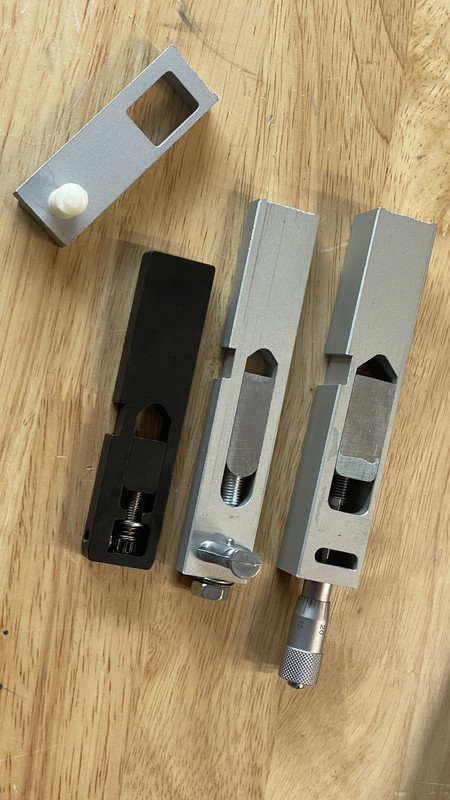

The KMS LED kit makes a huge difference. Very good purchase, IMO.


I also concentrated on making the action as smooth as possible to keep powder spill to a minimum. I've installed the Uniquetek shellplate bearing kit, bearing camming pin upgrade and index bearing block upgrade. I even went so far as to polish the inner lip of the shellplate bolt.



Other than that, I have a few Inline Fabrication parts, the locator pin tabs, ultra mount and ergo roller lever as well as a primer chute so I can attach a tube and send all of them into a sealed plastic bottle.
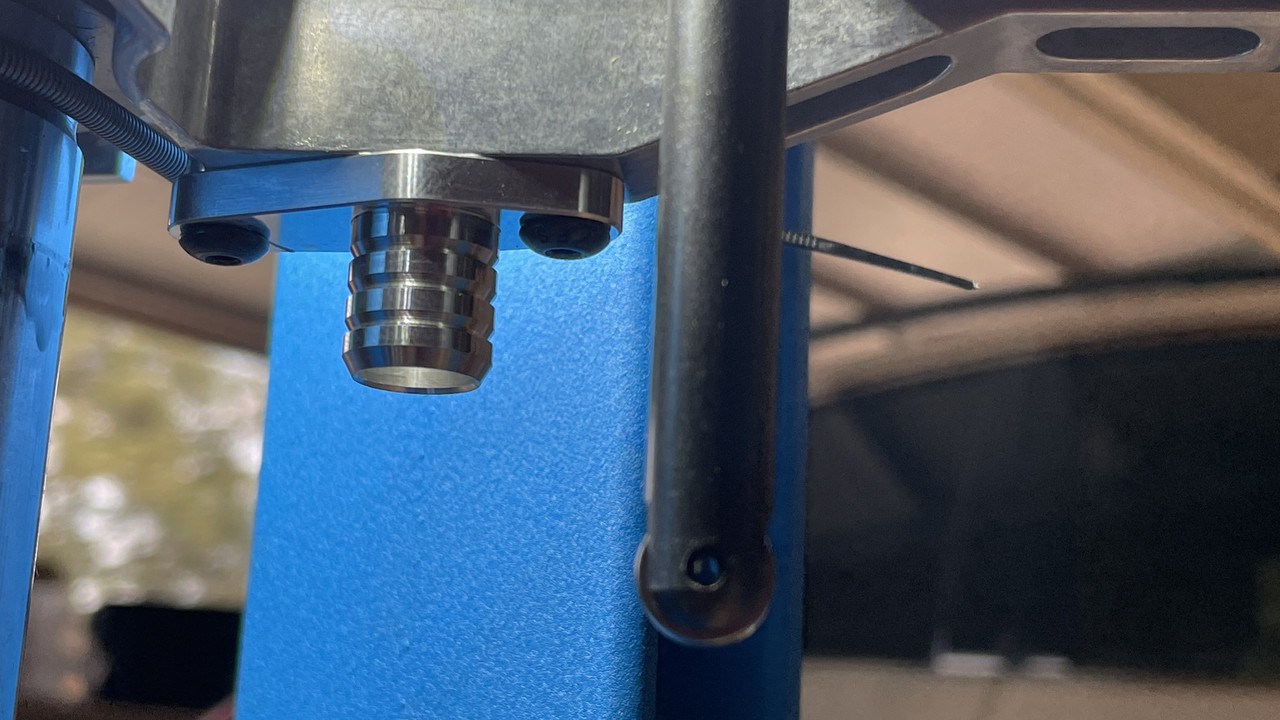



I haven't decided on the Quick Measure just yet due to cost. I have two powder throwers and a Chargemaster along with the Area 419 funnel/adapter for the Dillon. I'll try that first and see if it works for me. If not, I'll look at the Quick Measure.















